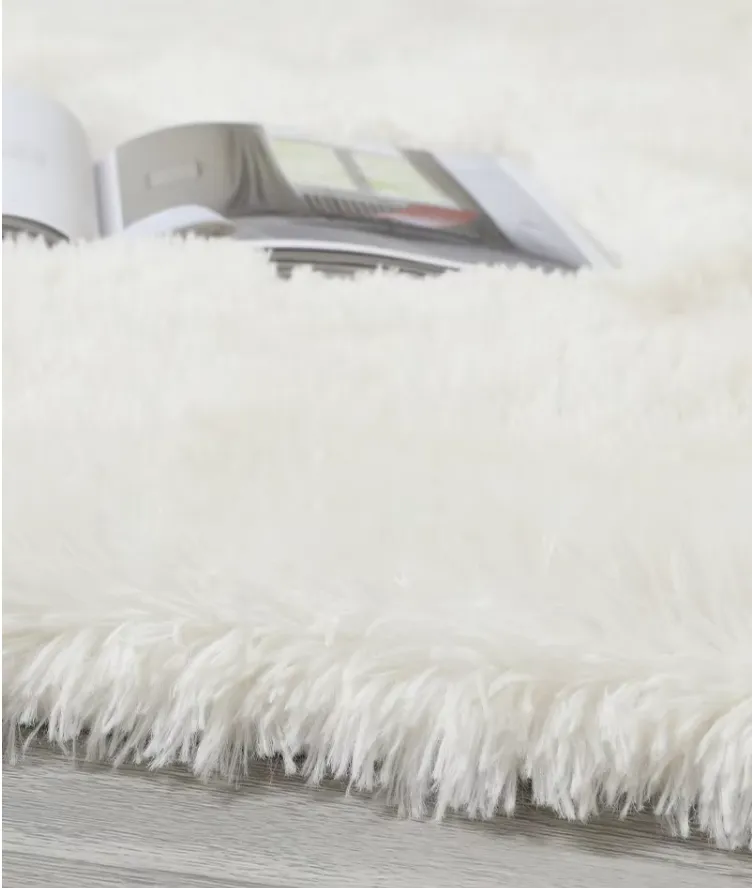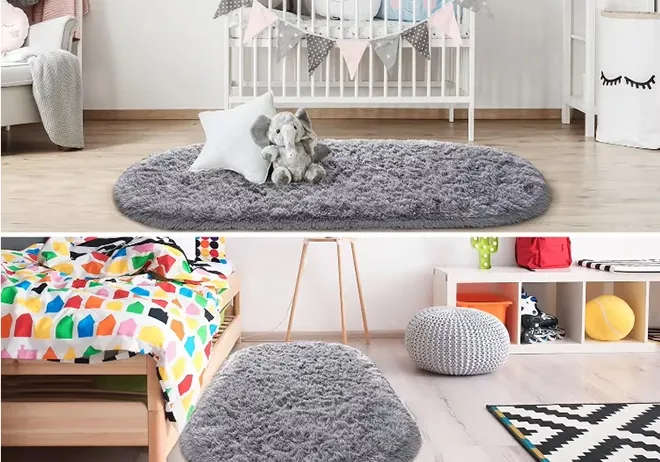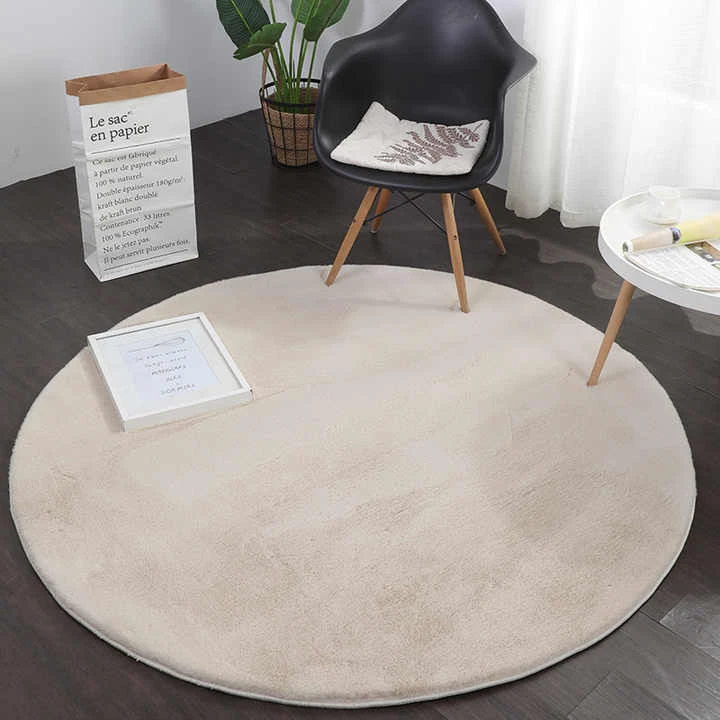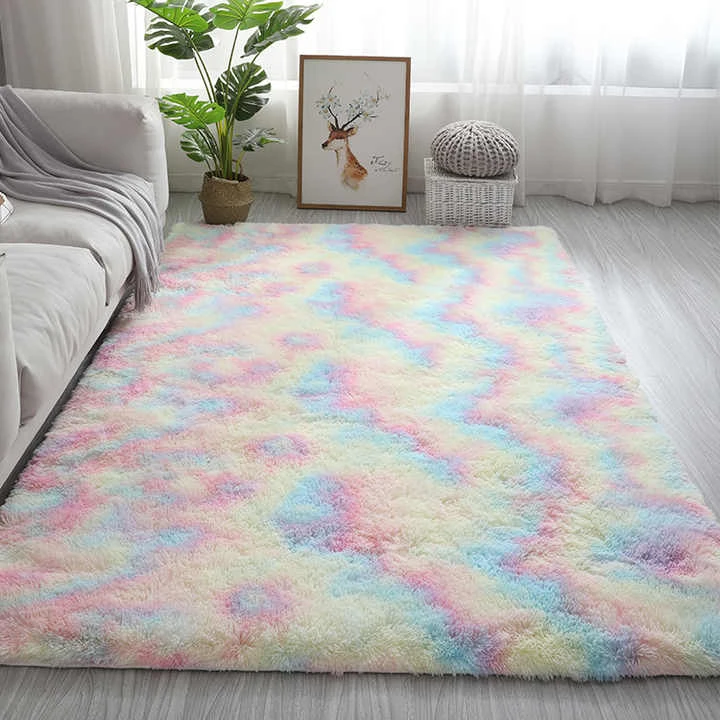

different types of carpet flooring
Carpet flooring is a staple in interior design, valued for its comfort, aesthetics, and versatility. With an array of options available, each type of carpet flooring offers unique features that cater to different tastes, applications, and budgets. Understanding the different types can help homeowners and designers make informed decisions, ensuring a perfect fit for any space.
Textured carpet provides a casual look and excellent resilience against footprints and vacuum marks. Its uneven surface, achieved through tightly twisted strands, makes it a suitable choice for busy households with children and pets. This style works well in informal settings, offering both practicality and style. For those seeking environmentally friendly options, natural fiber carpets, made from materials like wool, sisal, or jute, offer sustainable alternatives. Wool is prized for its warmth, softness, and natural resistance to stains and flames. Sisal, derived from the agave plant, presents a coarse texture and remarkable durability, fitting for areas such as hallways and stairs. Jute, though less durable, brings a rustic charm ideal for low-traffic areas. Carpet tiles have gained popularity for their adaptability and ease of installation. Available in diverse colors, patterns, and sizes, they enable creative freedom and straightforward maintenance. If a section becomes stained or damaged, individual tiles can be replaced without needing to redo the entire floor, making them a practical choice for businesses or DIY enthusiasts. When selecting carpet flooring, consider factors like maintenance, budget, traffic, and aesthetic preferences. Each carpet type features distinctive benefits and drawbacks, making it essential to weigh personal priorities against carpet characteristics. Engaging with experts or visiting showrooms can provide deeper insights into the tactile and visual qualities of each option, ensuring an informed choice that meets both practical needs and lifestyle aspirations.


Textured carpet provides a casual look and excellent resilience against footprints and vacuum marks. Its uneven surface, achieved through tightly twisted strands, makes it a suitable choice for busy households with children and pets. This style works well in informal settings, offering both practicality and style. For those seeking environmentally friendly options, natural fiber carpets, made from materials like wool, sisal, or jute, offer sustainable alternatives. Wool is prized for its warmth, softness, and natural resistance to stains and flames. Sisal, derived from the agave plant, presents a coarse texture and remarkable durability, fitting for areas such as hallways and stairs. Jute, though less durable, brings a rustic charm ideal for low-traffic areas. Carpet tiles have gained popularity for their adaptability and ease of installation. Available in diverse colors, patterns, and sizes, they enable creative freedom and straightforward maintenance. If a section becomes stained or damaged, individual tiles can be replaced without needing to redo the entire floor, making them a practical choice for businesses or DIY enthusiasts. When selecting carpet flooring, consider factors like maintenance, budget, traffic, and aesthetic preferences. Each carpet type features distinctive benefits and drawbacks, making it essential to weigh personal priorities against carpet characteristics. Engaging with experts or visiting showrooms can provide deeper insights into the tactile and visual qualities of each option, ensuring an informed choice that meets both practical needs and lifestyle aspirations.
Products

Can't Find The Carpets Wholesale And Services You Need?
If you need our help,
Our staff will be happy to help and answer your questions!

Variety
Carpets come in a wide range of colors, patterns, and textures to suit different styles and preferences.

Softness
They offer a plush, soft feel underfoot, adding comfort to any room.

Durability
Quality carpets are designed to withstand heavy foot traffic and last for years with proper care.

Maintenance
Carpets require regular cleaning, such as vacuuming and occasional deep cleaning, to maintain their appearance and hygiene.
Address
Floor 724 ,Building 7, No. 10, Tatan International Trade City, 118 Shengli South Street, Qiaoxi District, Shijiazhuang City, Hebei Province
Business Hours
Mon to Saturday : 8:00 am - 7:00 pm
Sunday & Holidays : Closed


















